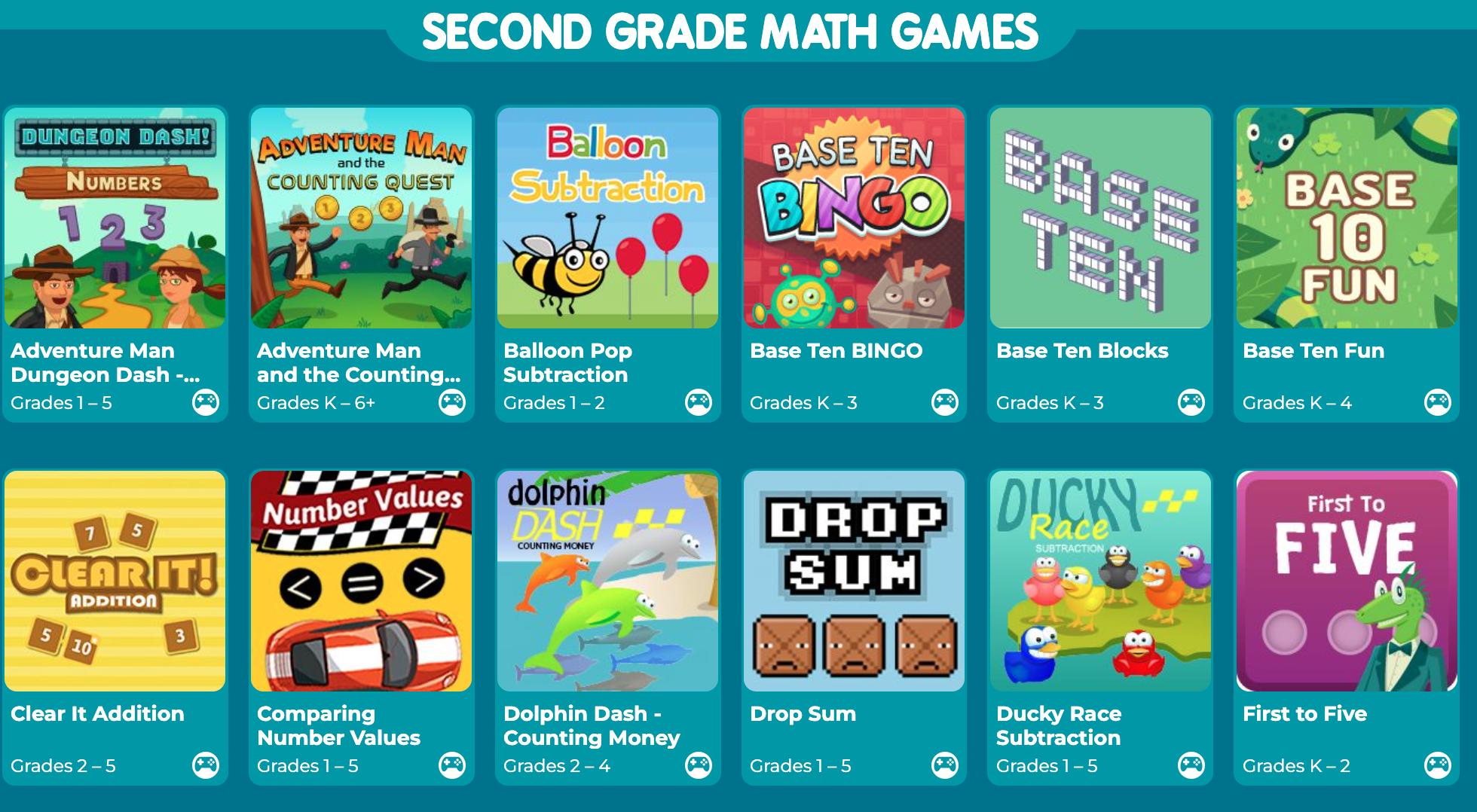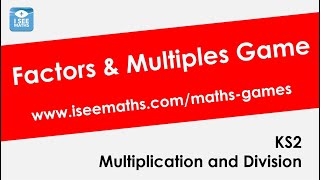
Grand Prix Multiplication is an interactive, free multiplayer math game that allows your students to practice their multiplication facts while racing in a car. Each student controls one car in the race. Correct answers will enable them to move on to the next stage. The car with correct answers wins. There can be up to four players at once.
Free game of math racing
Grand Prix Multiplication is a fun multiplayer math game where students race against one another in an attempt to capture the Multiplication Cup. Each student controls the car. The quicker the car moves during the race the more correct answers it receives. Up to four players can play simultaneously in the game.
This multiplayer multiplication game is a great way to reinforce math facts and increase your score. By clicking on the correct box, players answer questions. Each correct answer moves the players forward. Uncorrected answers make them move backward. The game ends when all the problems are solved. GRANYPRIX is an excellent way to strengthen your math skills.

Multiplayer math game
Grand Prix Multiplication can be played by up to four people. The goal of the game is solve as many multiplication problems in a short time as possible. Grand Prix Cup is won by the player who gives the correct answer most often.
The game's mechanics can be described as simple. Players answer questions by clicking the correct answer box. Correct answers move the player forward, while incorrect answers cause them to go backward. Once the player has solved all of the problems, the game is over. To keep up with your opponents' high scores, it is important that you continue practicing multiplication.
Multiplication Grand Prix enables players to compete against other players around the world in multiplication math games. To win the race and advance faster, players must solve multiplication equations. It's free to download and can be used by up to four people simultaneously. There are various levels of difficulty. Players are encouraged to try as many different challenges as they can.
Practice multiplication facts while racing in a car
A fun interactive game might be a good option for a child who struggles with math facts. This game mixes car racing and learning multiplication facts. Students answer questions about multiplication facts for one digit. The player will advance if they answer correctly. A wrong answer will result in them going backwards. Up to 51 stars can be earned in this game.

Grand Prix Multiplication can be used to teach students how multiply and divide easily. It is designed for students aged eight to 11 years old. The game lets students compete with each other from all around the world, helping them to improve their math skills.
FAQ
What is a vocational school?
Vocational schools are institutions offering programs designed for people who want to enter a specific occupation. They might also provide training in job-related skills and general education.
Vocational education has a significant role to play in society. It helps young people gain the skills they need to succeed. It provides high-quality learning opportunities for all students.
Vocational schools offer a variety of options for students, such as apprenticeships, certificates and diplomas, degrees, college transfers programs, and other postsecondary credentials. Vocational schools teach academic and practical subjects, such as math, science, English, social studies, art, music, physical education, computer technology, business, health care, and others.
What is the average time it takes to become a teacher in early childhood?
To complete a bachelor's in early childhood education, it takes four years. Two years are required to take general education courses offered by most universities.
After your undergraduate studies are completed, you will typically enroll in graduate school. This step allows students to focus on a particular area.
For example, you could choose to focus on child psychology or learning disabilities. You must apply for a teacher preparation program after you have completed your master's degree.
This process will take another few years. This period will be filled with learning opportunities and collaborations with educators.
Finally, you will need to pass state exams before you can officially begin working as a teacher.
This process can take several years. You won't be immediately able to jump into the workforce right away.
How can I apply to college
There are many ways to apply for college. Contact your high school guidance counselor to get started. Many high school applications can now be submitted online. Local colleges can also be reached directly. Most colleges will accept online applications through their website.
You can apply by mail, but you will need to complete the application and write a personal essay. Also, send copies of any required documents. You can use the personal statement to tell why you would like to study at this school and what its benefits are to you. This personal statement also helps admissions officers understand your goals and motivations.
You can find sample essays that you can download from our website.
What are some possible ways to receive scholarships?
Scholarships can be granted to help cover college expenses. There are many types to choose from. These are:
-
Federal Grants
-
State Grants
-
Student Loans
-
Programs for Work Study
-
Financial Aid
Federal grants are direct from the U.S. government. Federal grants are subject to certain conditions. For example, you must demonstrate financial need.
Individual states can offer grants to state governments. Some states offer state grants based only on financial need. Other states award money for specific reasons.
Banks and other lending agencies can provide student loans. Students often borrow money to pay for tuition and living expenses.
Employers are encouraged to employ qualified students through work-study programs. Employers are required by law to pay minimum wage.
Financial aid allows low-income families to afford college by paying for all or part of their tuition costs.
What does it mean for a teacher to teach early childhood education?
Early childhood educators must have specialized training. Most states require applicants for teaching positions to have certification from the state board before they are allowed to work in public school.
Some states require teachers who teach math or reading to pass tests.
Some states require that teachers complete a specific amount of coursework in early childhood education.
Most states have minimum requirements about what a teacher must know. These requirements can differ from one state to another.
Statistics
- Among STEM majors, that number is 83.5 percent. (bostonreview.net)
- These institutions can vary according to different contexts.[83] (en.wikipedia.org)
- “Children of homeowners are 116% more likely to graduate from college than children of renters of the same age, race, and income. (habitatbroward.org)
- Data from the Department of Education reveal that, among 2008 college graduates, 92.8 percent of humanities majors have voted at least once since finishing school. (bostonreview.net)
- Globally, in 2008, around 89% of children aged six to twelve were enrolled in primary education, and this proportion was rising. (en.wikipedia.org)
External Links
How To
What is vocational Education?
Vocational Education is an educational system that prepares students for employment after high school or college by providing them training in specific skills needed for a particular job (such as welding). You can also get on-the job training through apprenticeship programs. Vocational education differs from general education because it focuses on preparing individuals for specific careers rather than learning broad knowledge for future use. Vocational education's goal is to help students find employment after they graduate.
Vocational education may be provided at all levels of schooling, including primary schools, secondary schools, colleges, universities, technical institutes, trade schools, community colleges, junior colleges, and four-year institutions. You can also find specialized schools such a culinary arts school, nursing school, law school, medical schools or dental schools. Many of these schools offer both academic instruction and practical experiences.
A number of countries have made significant investments in vocational education over recent decades; for example, Australia, Denmark, Finland, Germany, Ireland, Japan, Luxembourg, New Zealand, Norway, Poland, Sweden, Switzerland, the United Kingdom, and the United States. However, the effectiveness of vocational education remains controversial. Some critics believe it doesn't help students get hired, while others claim that it helps prepare them for life after high school.
According to the U.S. Bureau of Labor Statistics (47% of American adults are currently holding a postsecondary certificate/degree related to their current job), this figure is higher among those with more education. This percentage is higher among those with higher education. 71% percent of the 25-29 year olds with a bachelor's degree are currently working in fields that require postsecondary credentials.
According to the BLS, nearly half of America's adult population held at least one postsecondary credential in 2012. Around one-third of Americans hold a two or four-year associate degree. One out of five Americans held a master's degree or doctorate.
The median annual wage for individuals with a bachelor's in 2013 was $50,000. This was compared to $23,800 when they had no degree. The median wage for advanced degrees holders was $81,300.
The median income for those who have not completed high school was just $15,200. Earn $13,000 per annum for those with less high school diplomas.